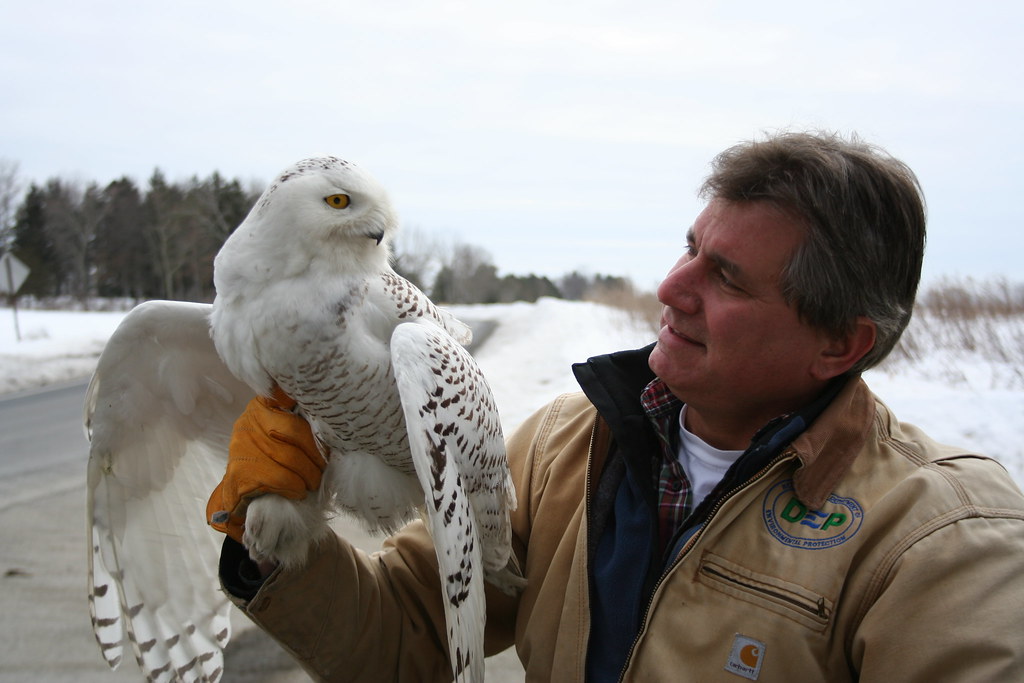
 Environmental Protection311
Environmental Protection311 Search all NYC.gov websites
Search all NYC.gov websites
Science & Research
Invasive Species
Invasive species are non-native and harmful plants, animals, and microorganisms that threaten drinking water quality and recreation opportunities in the watershed. To ensure the long-term sustainability of our water supply and to protect the natural ecosystems of the watershed, we have a proactive, comprehensive approach that anticipates and addresses invasive species threats and impacts as early as possible. Boaters, anglers, hunters and hikers can help us protect our watershed and recreation opportunities by reporting sightings of some of the most harmful species.
Wetlands
Wetlands provide many ecological, economic, and cultural benefits. They improve water quality; maintain stream flow; and provide flood water storage, erosion control, fish and wildlife habitat, aquatic productivity, and opportunities for recreation, aesthetic appreciation, and education. The type and extent of functions performed by individual wetlands vary widely with factors such as landscape position and associated hydrologic, soil, and vegetation characteristics. All wetlands function cumulatively on a watershed-scale to provide a suite of benefits that extend to ecosystems well beyond the wetland boundary.
Recognizing the important water quality functions of wetlands, we have implemented programs to characterize and protect wetlands in the New York City Watershed.
Download the Wetlands in the Watersheds of the New York City Water Supply System Report
Fisheries
We strive to enhance the protection of water supply tributaries by ensuring that New York State Department of Environmental Conservation (DEC) best use classifications are in place through active fish monitoring studies. We also investigate periodic fish kills that may occur to determine their cause and help protect public health.
Fish Monitoring Studies
For those streams not currently classified as trout spawning and with temperatures less than or equal to 75 degrees Fahrenheit, we conduct electro fishing surveys that concentrate on likely trout habitat such as riffles, pools, and undercut banks. All collected fish are identified, measured, weighed, and examined for external anomalies prior to release. Presence of trout under 100mm in length indicate the occurrence of trout spawning. We collect an assortment of physical and chemical stream data (such as water temperature, depth, width, dissolved oxygen, pH, conductivity, stream gradient, and estimated discharge) in addition to characterizing bottom substrate and land characteristics. Based upon these findings, we compile reports and submit reclassification petitions to the DEC for final determination of stream classification upgrades.
Fish Kill Investigations
Fish can serve as ecological indicators regarding the health and condition of the aquatic environment in which they live. Fish kills do occur on a periodic basis and have been attributed to causes ranging from natural changes in environmental conditions (such as elevated temperature and reduced dissolved oxygen) to more serious pathogenic or chemical exposures. Because fish kills can signal a potential water quality problem, investigating fish kills in the New York City water supply and determining their cause are essential for protecting the health of nine million water consumers.
Our fish kill investigations involve the collection of both water samples and samples of fish showing clinical signs of disease or impairment. These signs can include external lesions, parasites, bulging eyes, disfigured or bloody fins and gills, excessive mucous formation, missing scales, discoloration, and other visible injuries. Behavioral signs of diseased fish can include gulping at the surface, flaring gills, flashing, lethargy, swimming in circles, rapid swim bursts, or rubbing on the bottom.
Wildlife & Waterfowl
Our wildlife biologists routinely inventory wildlife to determine if a relationship exists between wildlife populations and fecal coliform bacteria levels in water. To address seasonal spikes in fecal coliform and ensure that federal and State drinking water quality standards continue to be met, we strive to eliminate geese, gulls, cormorants, ducks and other water birds from select reservoirs using approved non-lethal measures.
This task is a year-round job, with our wildlife biologists beginning as early as 4:00am to conduct bird population surveys and collect/analyze fecal samples from birds and mammals. Certain species of birds have identification tags placed on their legs to track their local movements around the reservoirs during breeding seasons and to distinguish residents from migratory populations.
This highly-successful program is labor-intensive but simple: as seasonal changes increase the waterfowl populations, contractor staff use motorboats, hovercraft and pyrotechnics to chase the birds off the water. These federally and State-approved techniques have been critical to our ability to continue meeting federal and State drinking water quality standards.






